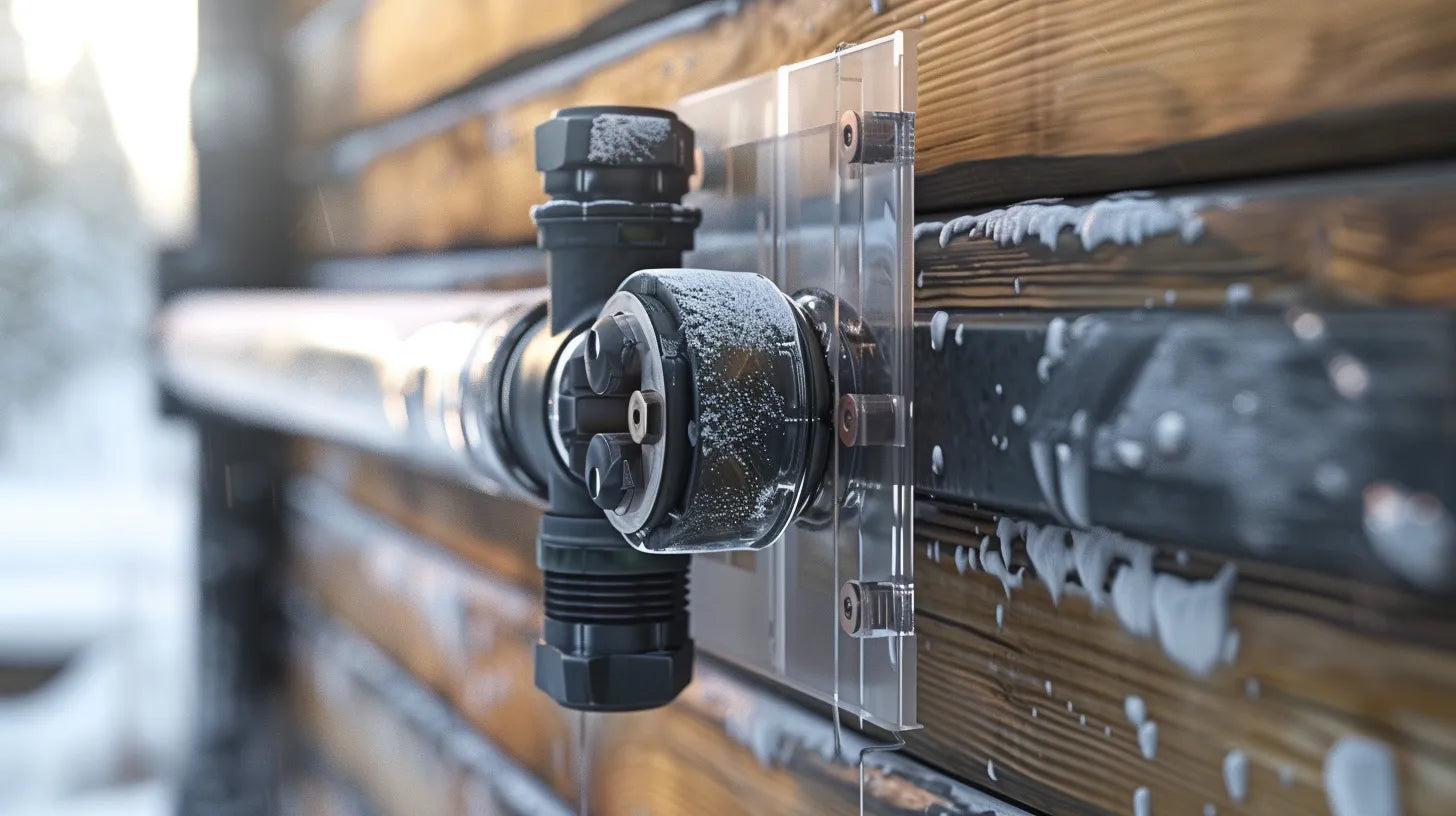In the realm of home maintenance, safeguarding against the ravages of winter is paramount, particularly when it comes to preventing the freezing of outdoor plumbing.
Outdoor faucet covers serve as a critical line of defense in this regard, employing a simple yet effective mechanism of heat retention and insulation to avert the potential catastrophes brought on by frozen pipes. These covers, by design, envelope the faucet in a protective cocoon, leveraging materials that trap heat and exclude cold air, thereby ensuring that the water within remains in a liquid state, even as external temperatures plummet.
While the underlying principle might seem straightforward, the intricacies of how these covers achieve such a feat, the nuances of their installation, and the spectrum of benefits they confer—ranging from energy efficiency to enhanced child safety—merit a closer examination.
As we peel back the layers of this seemingly mundane yet indispensable tool, a deeper understanding of its operation and utility begins to emerge, inviting further exploration into its role within the broader context of home winterization strategies.
Understanding Outdoor Faucet Covers
Outdoor faucet covers serve as an essential protective measure, designed to shield outdoor plumbing from the harsh conditions of winter and other environmental threats. These specialized covers, often made of durable, waterproof foam, are engineered to encase outdoor faucets, trapping heat and thus preventing the water within the pipes from freezing. When the temperature drops to the point where water could freeze, these insulated bags play a critical role in maintaining a liquid state, averting the risk of burst pipes caused by the expansion of ice.
Moreover, outdoor faucet covers work to keep faucets clean, free from dust, insects, and other pollutants. This ensures a clean water supply and prevents contaminants from entering the home. They also offer an effective solution to pest problems by sealing off access points, preventing insects and pests from infiltrating outdoor plumbing systems.
The Insulation Principle
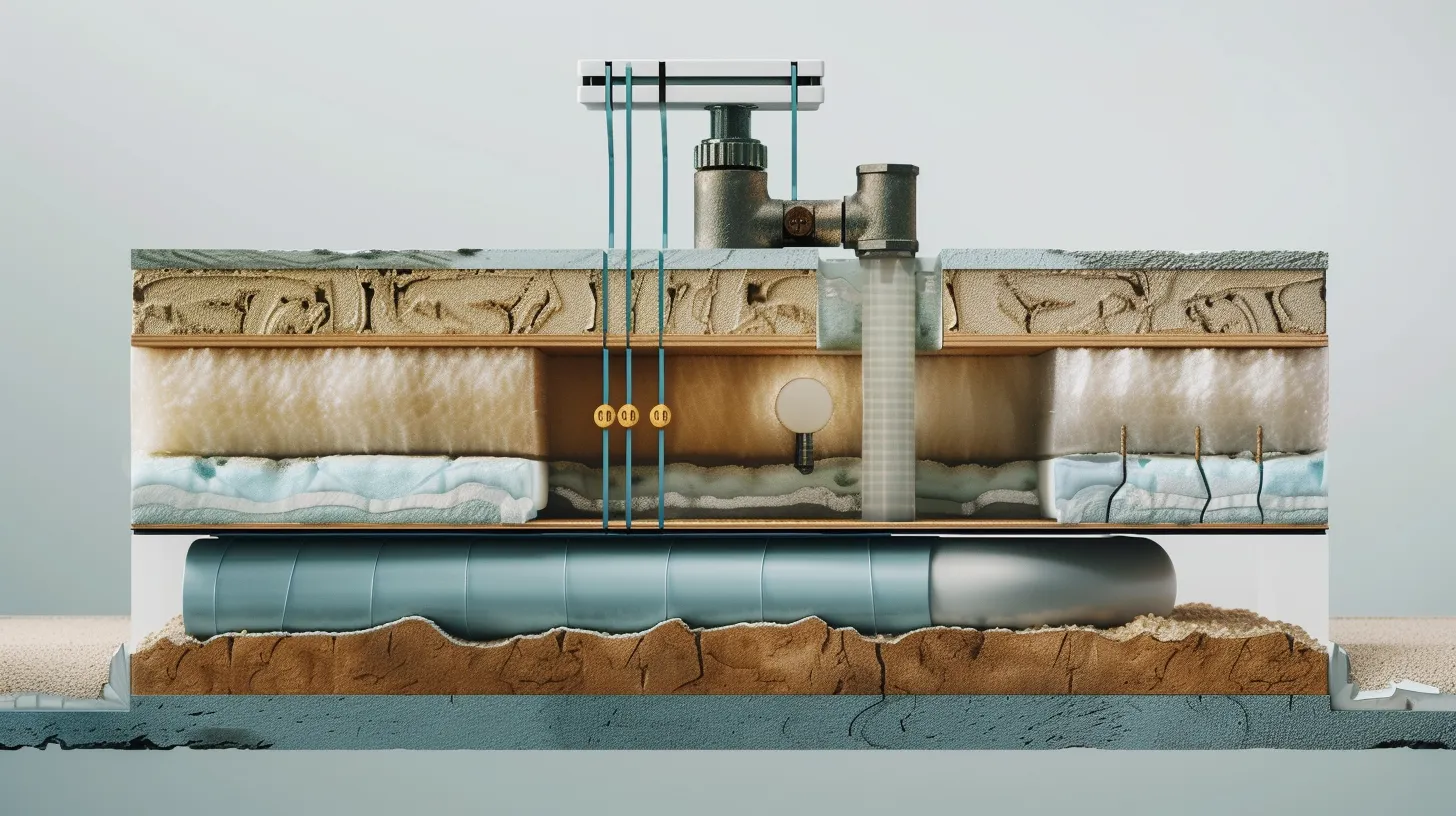
The insulation principle underlying the effectiveness of outdoor faucet covers is fundamentally about creating a barrier that traps heat, thereby preventing the internal temperature from dropping to a point where water might freeze. By incorporating materials such as thermal foam, these faucet covers trap warmth, ensuring that the harsh cold does not penetrate the protective layer. This approach is crucial in safeguarding against water freezing within the pipes, which can lead to significant damage and costly repairs.
A key aspect of these covers is the ability to form a tight seal around the faucet. This seal is instrumental in preventing the escape of heat, thereby maintaining a warmer environment around the outdoor spigot. The effectiveness of this insulation principle is enhanced by the quality of the materials used in the faucet covers. Denser thermal foam can offer better insulation properties, making it an essential factor in the cover's ability to prevent freezing.
In essence, spigot covers can help shield against the cold, utilizing the insulation principle to avert the risks associated with freezing temperatures. Their role in maintaining a warmer microclimate around the faucet is pivotal in ensuring the functionality and longevity of outdoor plumbing systems.
Installation Process
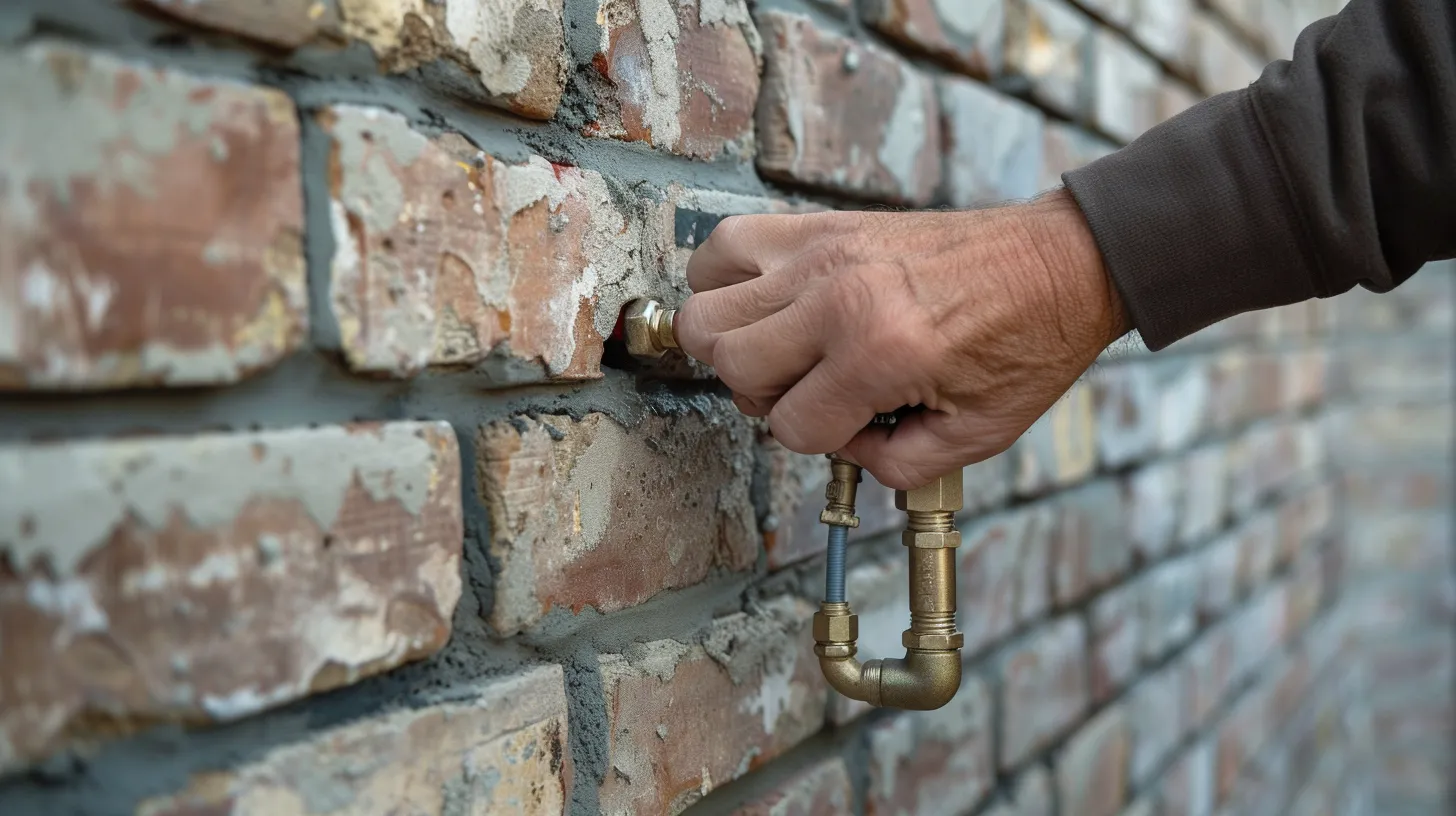
Installing outdoor faucet covers is a straightforward process that requires minimal tools and time. The goal is to protect your home's water supply from the harsh cold, preventing pipes from freezing and potentially causing significant damage. The installation process is a key aspect of home improvement that ensures the longevity and efficiency of your plumbing during winter months.
-
Drain the water from the pipes supplying the outdoor faucet to ensure no water is left to freeze.
-
Attach the cover securely over the faucet, making sure it fits snugly to prevent any cold air from entering.
-
Put the cover on after making sure all water has been drained. This step is crucial as covers trap the heat, keeping the internal temperature of the faucet above freezing.
-
Inspect the cover regularly to ensure it remains properly positioned and intact throughout the cold season.
These steps emphasize the simplicity yet importance of the installation process. By effectively covering your outdoor faucets, you not only prevent pipes from freezing but also contribute to the overall efficiency and safety of your home's plumbing system.
Outdoor faucet covers are an essential component of winter home improvement, safeguarding your property against the cold's potentially damaging effects.
Benefits of Using Covers
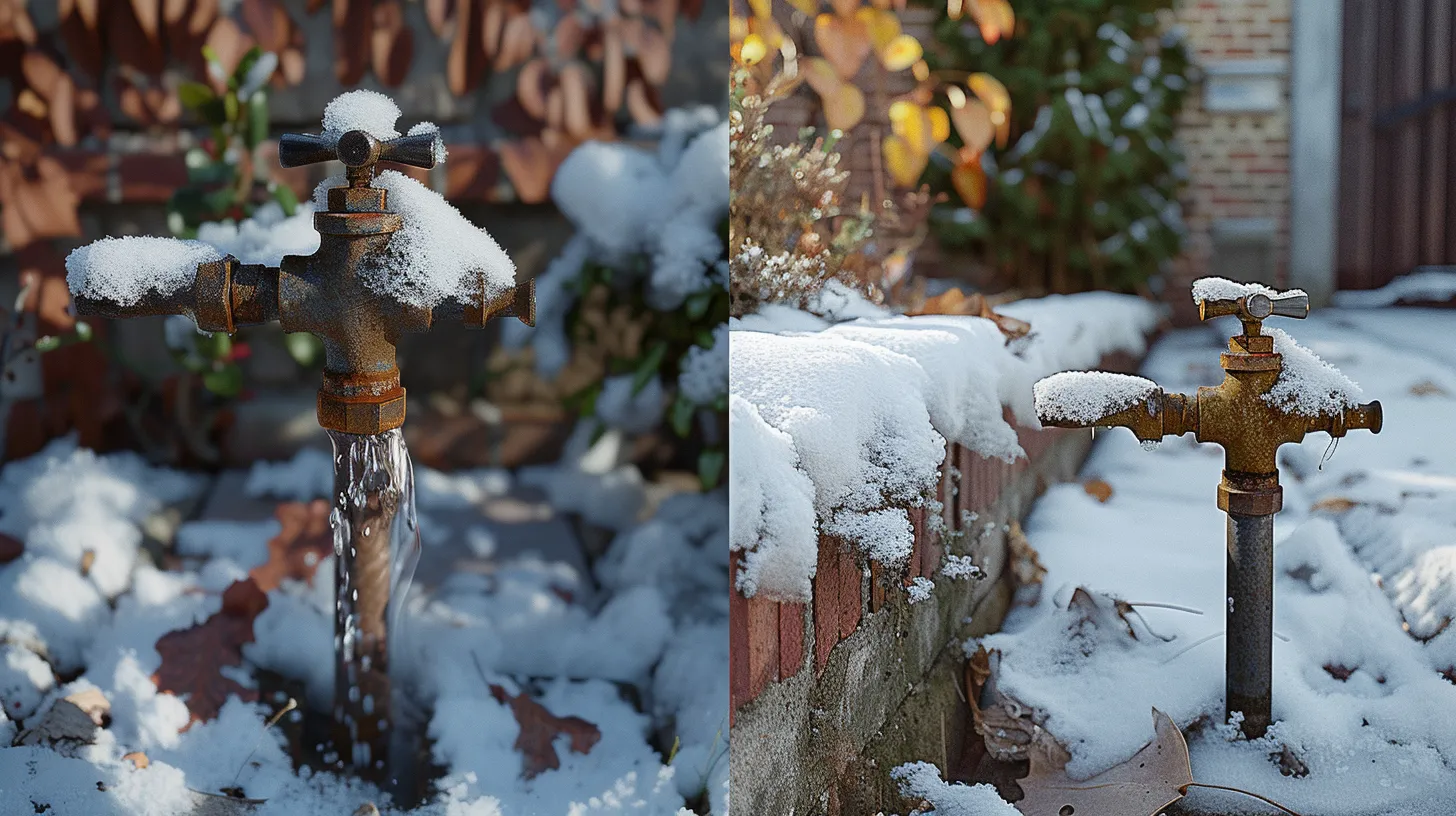
Utilizing covers for outdoor faucets consistently offers a myriad of benefits, including enhanced protection against freezing temperatures and improved water quality. These covers are ingeniously designed to trap heat, creating a tight seal around the faucet, which plays a crucial role in preventing your spigot from freezing.
As the cold weather sets in and the first freeze approaches, the risk of burst pipes increases significantly. Faucet covers serve as a reliable safeguard, helping to keep your pipes from freezing, thereby avoiding water damage that can be costly to repair.
Moreover, these covers contribute to maintaining a clean water supply. By shielding outdoor faucets from dust, insects, and other pollutants, they ensure the water remains free of contaminants that could pose health risks. This protection is vital for homes aiming to preserve water quality and prevent pests from making their way into the plumbing system. Not only do these covers help prevent infestations, but they also enhance the durability of your outdoor plumbing by providing long-lasting protection against the elements.
In addition to these practical benefits, faucet covers contribute to the overall energy efficiency of your home. By preventing drafts and cold air infiltration, they reduce energy consumption, which can lead to lower heating bills. This improvement in energy efficiency underscores the benefits of using covers, making them an essential component of home maintenance as winter approaches.
Maintenance Tips
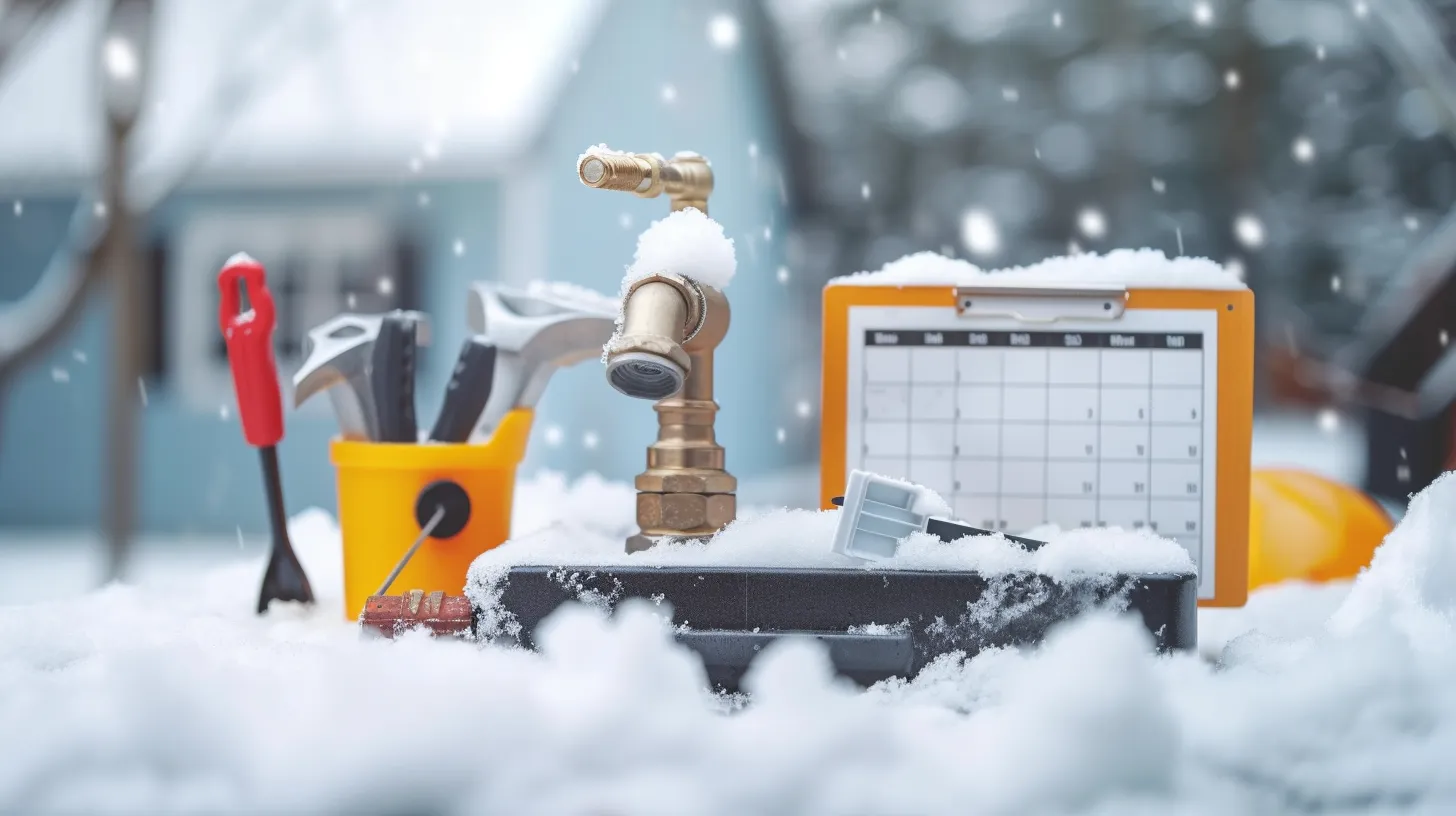
To ensure outdoor faucet covers continue to provide optimal protection and durability, regular maintenance is essential. Proper upkeep not only extends the lifespan of the covers but also prevents common issues such as pipes freezing or water pressure inconsistencies. Incorporating a few straightforward maintenance tips can significantly reduce the risk of damage to your outdoor plumbing during colder months.
- Regularly inspect hose bibs for leaks or damage: Even minor leaks can cause blockage or freezing, leading to more significant problems.
- Check for drafts in the home near pipes: Cold air can travel through small openings and freeze pipes, even those that run through the heated portion of your home.
- Clean covers to prevent dirt buildup: Accumulated debris can impair the cover's insulation capabilities, making it easier for freezing and causing damage to occur.
- Monitor water pressure: A sudden drop in water pressure during cold weather could indicate a frozen pipe. Addressing this early can prevent a burst pipe scenario.
Adhering to these maintenance tips ensures your outdoor faucet covers effectively shield your plumbing from harsh winter elements, safeguarding your home from potential water damage and costly repairs.


